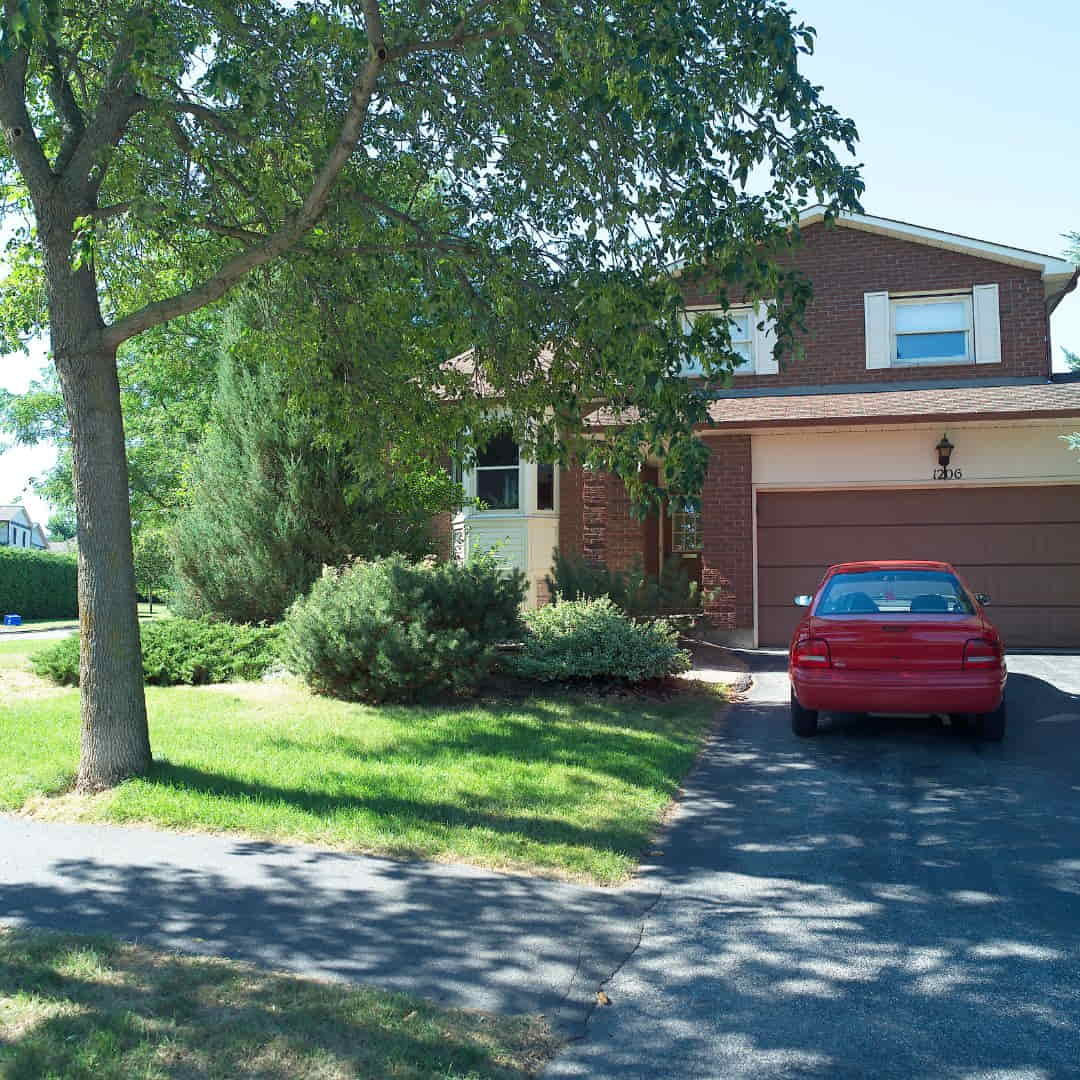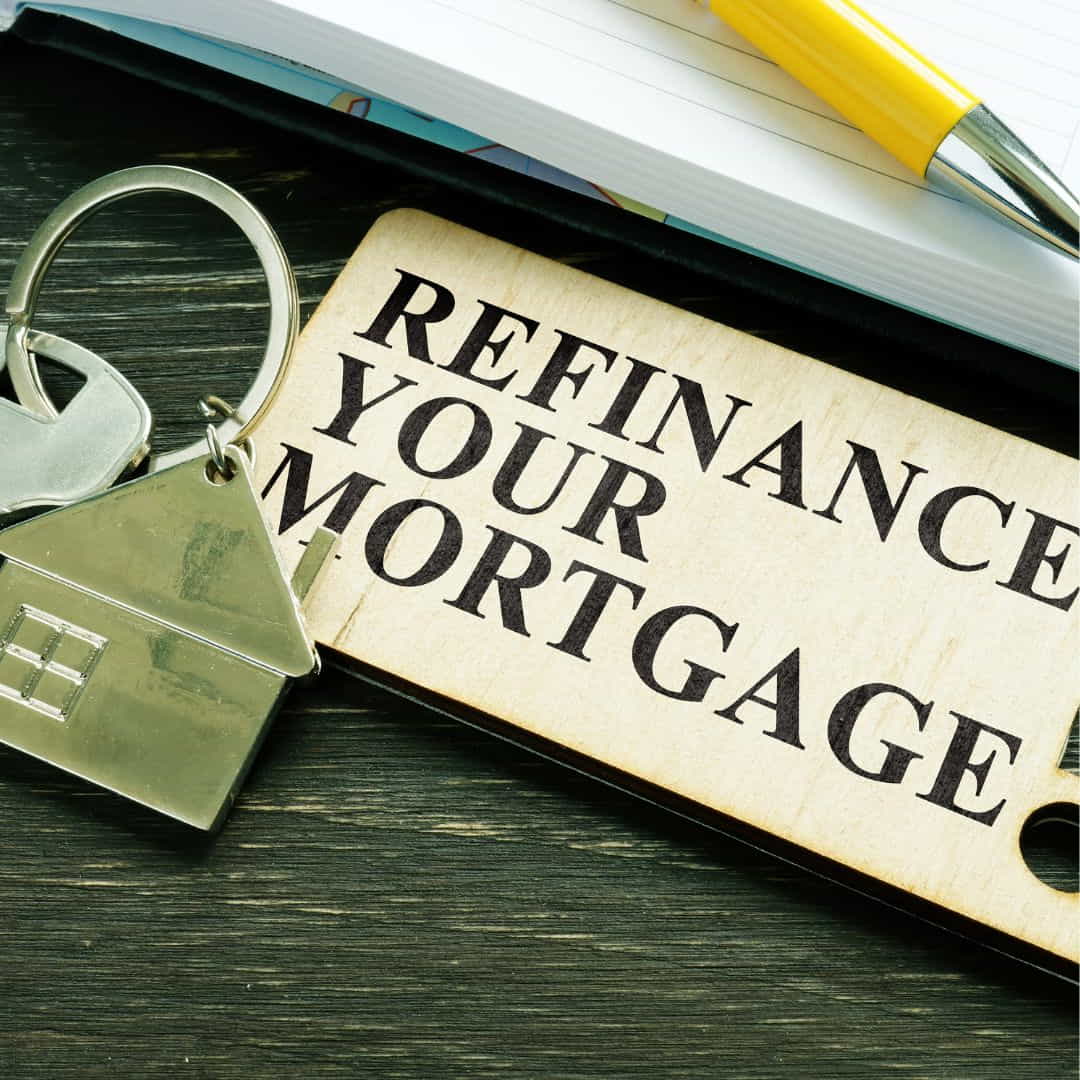Need a loan? Enjoy unlimited support from 9AM-9PM and 24-hour lodgement services.
Top 5 most affordable suburbs in Perth for 2025

Perth offers a range of suburbs that cater to those looking for affordable housing without compromising on amenities and quality of life. Whether you’re a first-home buyer, a family, or
- Broker360
- No comment
- January 28, 2025
Best suburbs to live in Perth for families – 2025 guide

Choosing the right suburb is crucial when you’re raising a family. In Perth, there’s no shortage of neighborhoods that offer excellent schools, parks, community amenities, and a strong sense of
- Broker360
- No comment
- January 28, 2025
Best suburbs to live in Perth: Your guide to finding the perfect home

Perth, with its sunny climate and laid-back lifestyle, is one of the most desirable cities to call home in Australia. Whether you’re raising a family, retiring, or simply looking for
- Broker360
- No comment
- January 24, 2025
Best investment suburbs in Perth: Where to invest in 2025

Investing in property is one of the most reliable ways to build wealth. Perth is emerging as a prime location for savvy investors due to its affordability, economic growth, and
- Broker360
- No comment
- January 24, 2025
What Is Refinancing? How It Works and When It Makes Sense

Refinancing is a powerful financial tool that allows you to replace your existing loan with a new one. Whether you’re looking to lower your interest rate, reduce monthly repayments, access
- Broker360
- No comment
- December 20, 2024
Using Refinancing as a Smart Debt Consolidation Tool

Debt can feel overwhelming, especially when you’re juggling multiple loans with high interest rates. If you’re looking for a way to simplify your repayments and potentially save money, refinancing your
- Broker360
- No comment
- December 20, 2024
Refinancing to Access Equity: Unlock Your Home’s Potential

Your home isn’t just a place to live—it’s also a powerful financial asset. If you’ve built equity in your property, refinancing can help you unlock that value for a variety
- Broker360
- No comment
- December 20, 2024
How to Avoid LMI: Strategies to Save On Your Home Loan

For many Australians, Lenders Mortgage Insurance (LMI) is an unavoidable cost when buying a home with less than a 20% deposit. But here’s the good news: there are ways to
- Broker360
- No comment
- December 18, 2024
